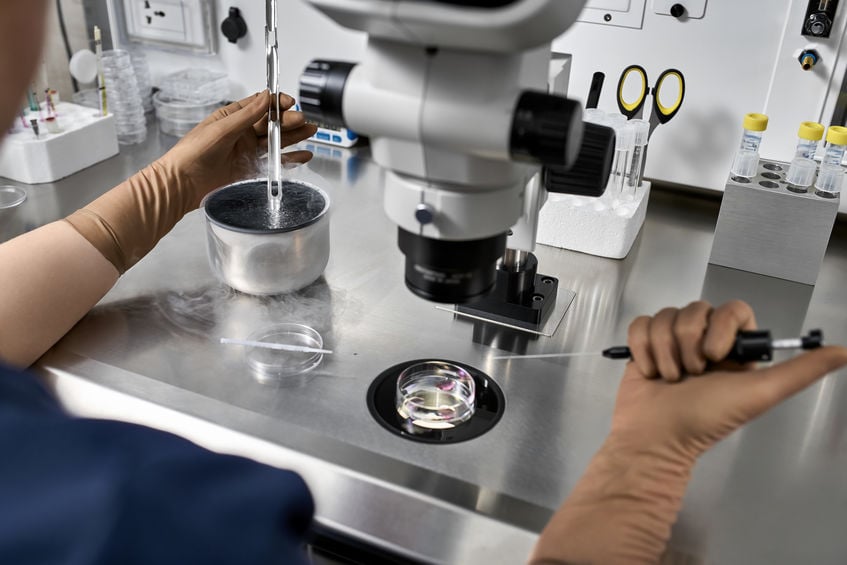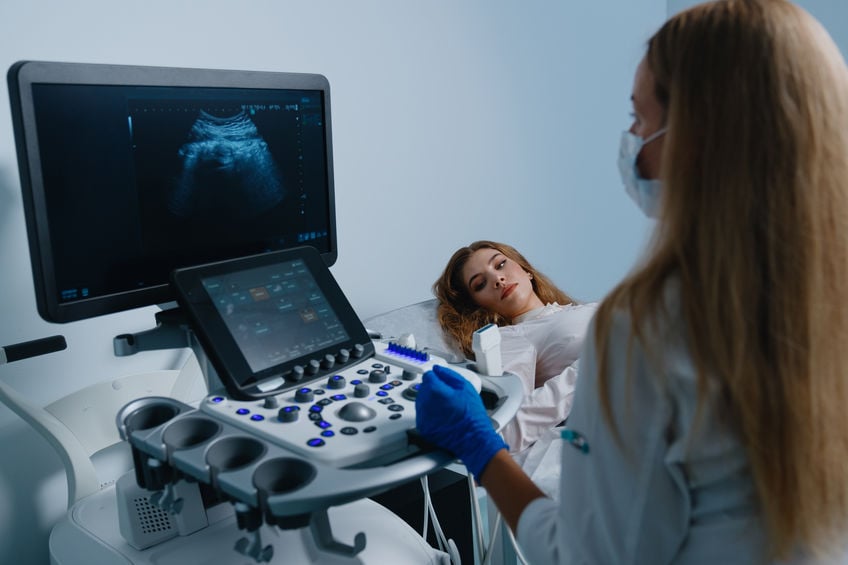Ovarian Reserve Testing Promotes Conception
Every year 2.1% of babies born in America are conceived using assisted reproductive technology. In vitro fertilization (IVF) is the most common fertility treatment in which eggs or embryos are influenced clinically. Many factors influence the overall success of IVF. These include age, type of diagnosis, number of embryos, previous history of births, and miscarriages. As part of IVF, ovarian reserve testing helps monitor fertility. Determining a patient’s antral follicle count helps doctors ascertain a woman’s egg supply, medically known as an ovarian reserve. This follicle count helps physicians predict ovarian response while determining the best strategy for IVF treatment.

How does it work?
A baby born with ovaries has approximately 1 million eggs. Each month, 11,000 die before reaching puberty. As the child matures and begins periods, 1 egg per month is released via menstruation cycles. By the time a patient is ready for parenthood, a finite number of eggs remain for conception. Fertility doctors establish the antral follicle count to confirm the exact number of eggs available. Found in the ovaries, antral follicles hold undeveloped egg cells. Before mature eggs develop, the surrounding follicle starts to swell. Fertility experts use the swelling to determine the antral follicle count via a standard vaginal ultrasound. A high count indicates a robust ovarian reserve, while low counts reveal potential problems with conception.
Every egg counts
The count informs the fertility care plan, allowing patients to strategically manage IVF and menstrual cycles. According to one study, a count of 8–10 is considered best for conception. While conception is possible with less than 8, most patients need a minimum of 4 follicles to achieve positive results. Notably, no matter the number of follicles, only 1 egg is typically released each month.
Maximizing fertility
Patients are the same. The treatment plan which works for 1 patient may fail for another. Eggs decrease and degrade with age, raising the importance of strategic planning. By determining the number of viable eggs, healthcare experts can tailor the plan to the patient, raising the likelihood of conception.





